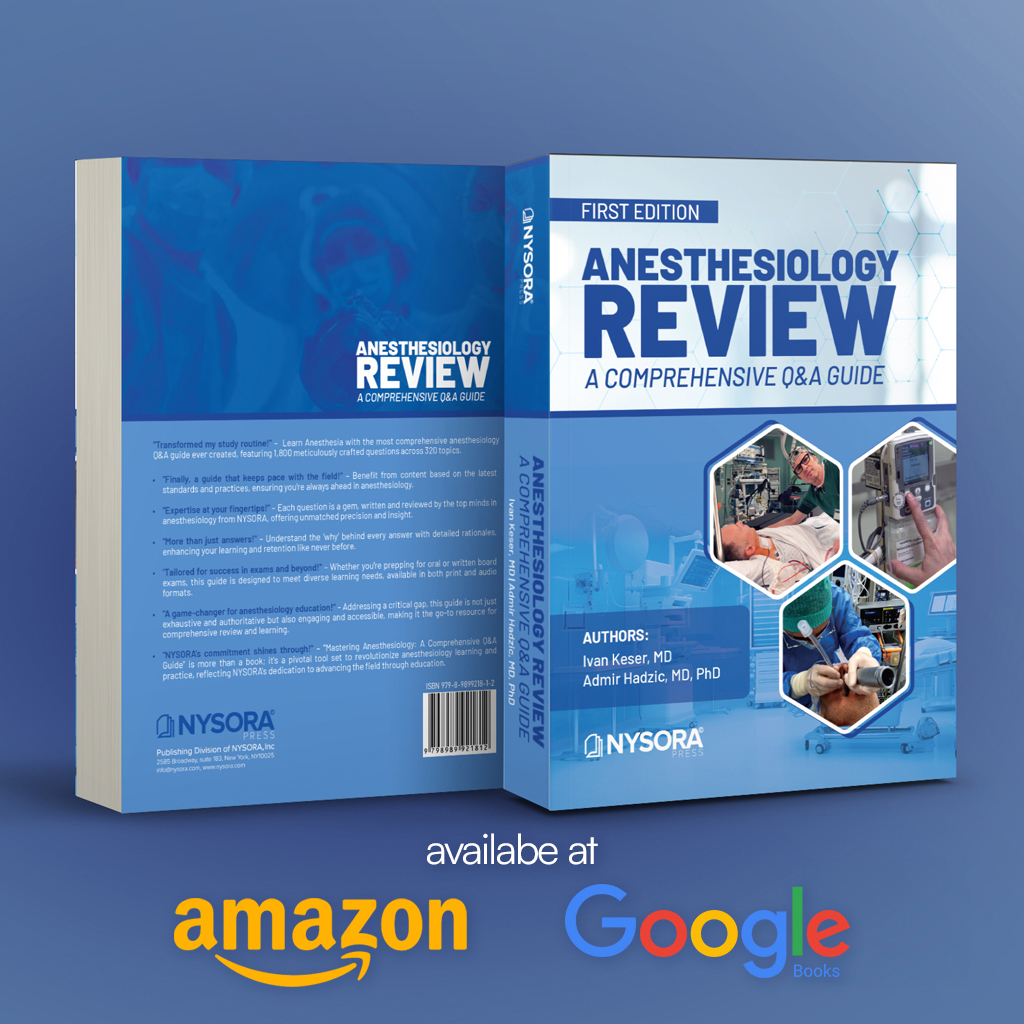
Novel Blood Pressure-Lowering Strategy Shows Promise for Intracerebral Hemorrhage Patients
A new study recently published in Anesthesiology reveals significant advancements in managing blood pressure for patients suffering from spontaneous intracerebral hemorrhage (ICH). This condition, the most severe form of acute stroke, affects approximately 2 million people globally each year. The new regimen, involving remifentanil and dexmedetomidine, demonstrates superior control over systolic blood pressure (SBP) compared to traditional methods.
Key Findings
- Higher SBP Control Rate: The study showed that 62.7% of patients in the intervention group achieved the target SBP within 1 hour, compared to 39.8% in the control group.
- Reduced Agitation: Patients treated with remifentanil and dexmedetomidine experienced less agitation, contributing to better overall patient management.
- No Difference in Hematoma Growth: Despite improved SBP control, there was no significant difference in hematoma growth or long-term outcomes between the groups.
Background
High blood pressure exacerbates outcomes in ICH patients, but the optimal antihypertensive treatment has been unclear. The use of remifentanil, an ultrashort-acting opioid, combined with dexmedetomidine, an α2-adrenergic receptor agonist, has shown promising results due to their analgesic and antisympathetic properties.
Study Details
- Design: A multicenter, prospective, single-blinded, superiority randomized controlled trial.
- Participants: 338 patients with ICH and SBP ≥ 150 mmHg were enrolled from 14 tertiary hospitals in China.
- Interventions: Patients were randomized to receive either a combination of remifentanil and dexmedetomidine or standard antihypertensive therapy.
- Outcomes Measured: The primary outcome was the rate of SBP control at 1 hour post-treatment. Secondary outcomes included blood pressure variability, neurologic function, and clinical outcomes.
Results
- Primary Outcome: The intervention group had a significantly higher SBP control rate at 1 hour post-treatment initiation (62.7% vs. 39.8%).
- Secondary Outcomes: Improved blood pressure stability post-procedures and reduced analgesic and sedative scores.
- Safety: The intervention group had higher incidences of bradycardia and respiratory depression, which were manageable with dose adjustments.
Implications for Clinical Practice
This study suggests that remifentanil and dexmedetomidine could be integrated into early intensive blood pressure-lowering strategies for ICH patients. This approach not only achieves rapid and stable blood pressure control but also facilitates better patient management by reducing agitation and allowing for lighter sedation.
Conclusion
The combination of remifentanil and dexmedetomidine presents a promising alternative to traditional antihypertensive treatments for ICH patients, offering better blood pressure control and patient comfort. Further studies are warranted to confirm these findings and integrate them into clinical guidelines.
For more detailed information, refer to the full article in Anesthesiology.
Dong R, Li F, Li B, et al. Effects of an Early Intensive Blood Pressure-lowering Strategy Using Remifentanil and Dexmedetomidine in Patients with Spontaneous Intracerebral Hemorrhage: A Multicenter, Prospective, Superiority, Randomized Controlled Trial. Anesthesiology. 2024;141(1):100-115.
Explore this topic and many more with our Anesthesiology Review Q&A Book, filled with engaging questions to expand your knowledge. Don’t miss out—get your copy on Amazon or Google Books.




